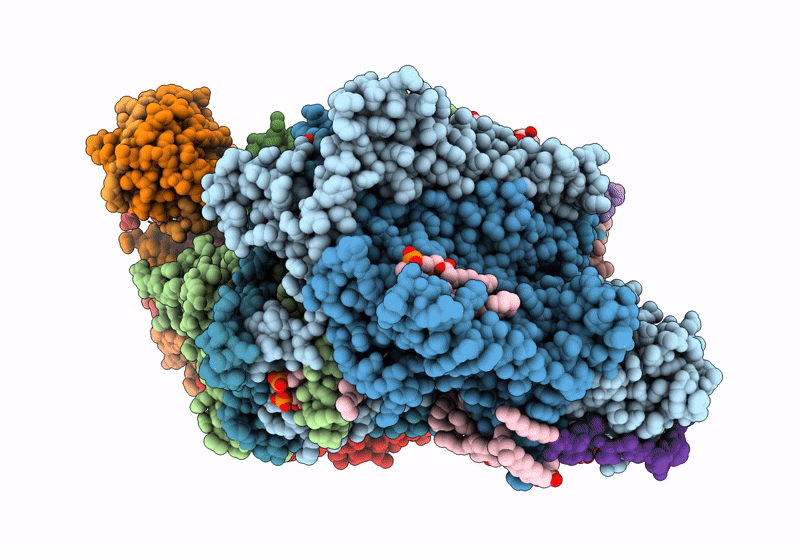
Deposition Date
2024-06-25
Release Date
2024-11-20
Last Version Date
2024-11-27
Entry Detail
PDB ID:
9FU0
Keywords:
Title:
CIII2/CIV respiratory chain supercomplex from Mycobacterium smegmatis
Biological Source:
Source Organism:
Mycolicibacterium smegmatis (Taxon ID: 1772)
Host Organism:
Method Details:
Experimental Method:
Resolution:
2.70 Å
Aggregation State:
PARTICLE
Reconstruction Method:
SINGLE PARTICLE


